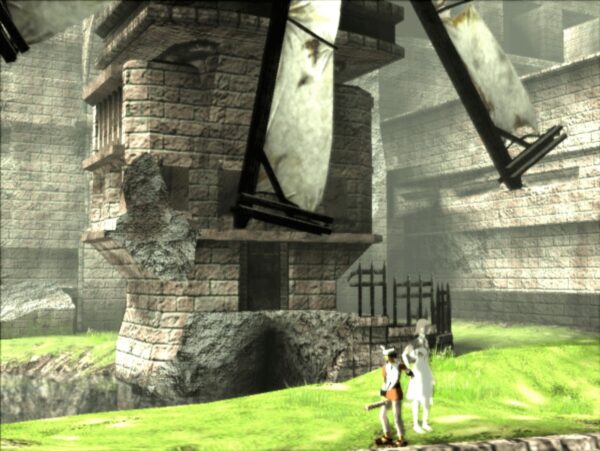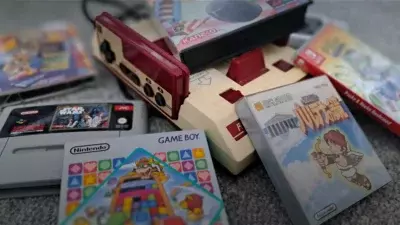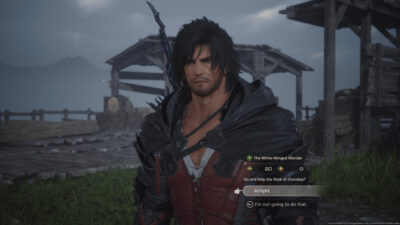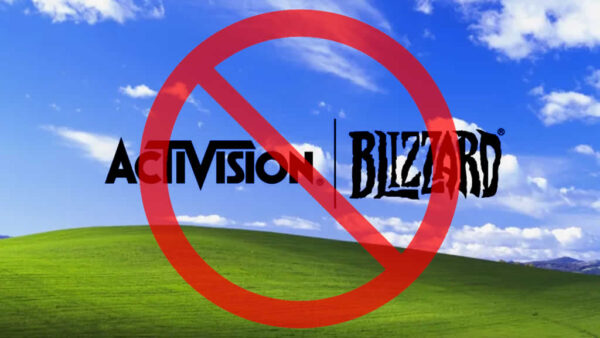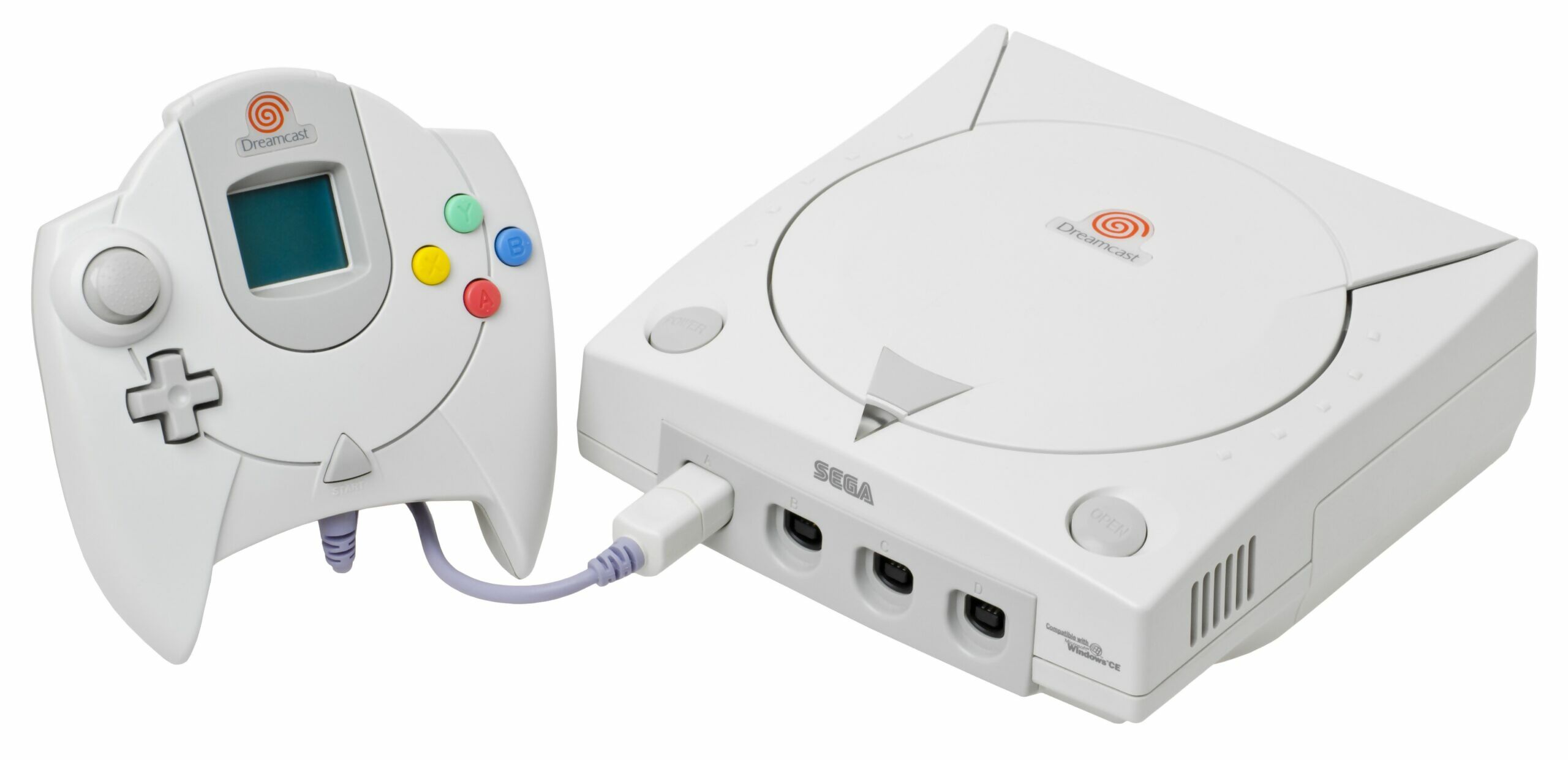
Everybody had heard of the Sega Dreamcast by late 1999. Plenty of the committed gamer types knew full well what Sega’s follow-up to the Saturn had been pumping out in the Far East following its 1998 Japanese launch, of course. You might even have had a friend who imported one, so you could be vaguely wowed but not quite blown away by Virtua Fighter 3tb. But just before we entered a new millennium, around the same time Millennium was on telly and Willennium was in the charts, the Dreamcast was ubiquitous.
It’s worth pointing this out because these days Sega’s final console is seen as a tragic failure; a machine too good for this world cruelly taken from us thanks to a combination of Sony not playing nice and people not paying enough attention. But Sega spent in excess of $100 million (£72m in today’s money) marketing the Dreamcast – its new 128-bit console would arrive in the States on the fantastic launch date of 9 September 1999 – 9/9/99. It would bring the arcade home for real this time. It would have four controller ports as standard, because games were made to be played with friends. It would include a built-in modem, in case your friends weren’t in the same house, or town, or country. And while doing all this, it would be cool.

In the early DC days we were having an ORCA of a time! Ah no, got that one wrong.
The console launched in the west and sold hundreds of thousands of units, repeating the early success seen over in Japan and kicking off the post-PSone generation… but it was a false start. While in Europe, Sega managed to shift half a million units in the two months following release, it took another whole year to up that figure to a million. People were jazzed at first – the marketing push was working, the sponsorship of Premier League bigguns Arsenal FC being a particular highlight in the UK (and other major football teams across Europe got in on the action too). But the people weren’t quite ready; they were still happy with their PlayStations (and, more in the States, their N64s) – and soon enough, Sony stepped up the hype for the PlayStation 2. Why would people care about the console that was out now when they could get excited about the upcoming supercomputer Iraqi WMD-powering obelisk of fury that was the PS2? And, well, it just sort of petered off after that.
It shouldn’t have. The Dreamcast was brilliant. It didn’t just have the might of Sega and its superb catalogue of titles backing it – this machine made up for the mistakes of the Saturn by involving every major third party. There was a knife in the side when EA and Squaresoft refused to play ball, but Sega’s own sports games and a flurry of RPGs made up for that gap in the most part – no FIFA must have hurt, though. But largely, the Dreamcast was home to a varied catalogue of high-quality releases, proving to be a console
where developers could bring the arcade to the home and improve on it, as with Soulcalibur; where they could make true next-gen masterpiece RPGs, like Skies of Arcadia; where Sonic could go on an actual adventure, like in Sonic Adventure. There was variety, scope, a genuinely visible step up in quality from the PSone releases of the day sitting next to the DC ports.

The Dreamcast continued down the Saturn’s path of pumping out some stellar 2D fighting games throughout its short life, like here with Capcom vs. SNK: Millennium Fight 2000.
The inclusion of four controller ports wasn’t a first, but it was still a novelty. Console modems existed before 1998, but being included as standard made the Dreamcast the first major console capable of online play out of the box. Even being able to hook things up to a monitor (or some TVs) via a VGA cable was a point of note: an early step toward the now-standard ‘make sure you connect to your display in the best way you can’ approach. The Dreamcast was ahead of its time not just because fans of it say so, but because it genuinely, demonstrably was ahead of its time. The PS2 didn’t even feature a modem as standard until the 2004 launch of the slim console.
Part of the reason the Dreamcast resonates so much with people even to this day is simply because it was the loser in a stand-up fight. There’s a deep affection that arrives hand in hand with support for the aggrieved party. But the bigger part of the story, so often lost when going over the machine’s history, is that the Dreamcast resonates so much with those who played it because it was a standout console. It had its issues like any other (early GD-ROM drive problems, for example), and there were gaps in the catalogue (again, FIFA), but the overriding feeling anyone got on sitting down and playing any number of Dreamcast games for any amount of time was one of happiness, contentment, and that they’d had fun.

Hidekazu Yukawa, one-time senior managing director of Sega, featured surprisingly heavily in the console’s early Japanese marketing – even appearing in a promotional Shenmue demo, and his own game.
The Dreamcast failed, but not necessarily because it was a failure. At the time, it might have felt that way, but contemporary retellings have framed it as something far more surprising: Sega just gave up. Sony had pulled ahead, Sega wasn’t quite reaching the mass market appeal the Japanese office wanted, and, frankly, it just didn’t want the fight. Discussion had been on the table for a while concerning a transition to acting as a third-party publisher, and while initially angrily laughed off, it soon became the company’s plan. Sonic arrived on Sony formats, Microsoft formats – even Nintendo formats – and the legacy of a truly legendary hardware manufacturers’ final console was abandoned by those who created it. It was instead a dedicated core of cheerleaders left to forever recite the mantra: “It was really good, you know?” Because the Dreamcast was really good, you know?

Before Sony’s follow-up console arrived, the Dreamcast had free rein on pumping out ports of PSone games that ran and looked significantly better than the 32-bit opposition.
Don’t stop believin’
Sega gave up on the Dreamcast long before the people did – and there are plenty of ongoing efforts to keep the dream(cast) alive. All the way back in issue 7, we took a look at the vibrant homebrew scene on Sega’s ill-fated console, with the likes of Sturmwind and the recently released Xenocider grabbing the attention there. But it’s not just games – Retro Fighters released an updated version of the awkward Dreamcast controller in 2020, and it’s an absolute beaut. Elsewhere, Black Dog’s DCDigital mod brings the console into the HDMI era, and if you’re keen on… well, ruining its intended function, you can even mod a VMU to run as a micro-emulator. And there’s so much more besides. We just can’t let it go.


